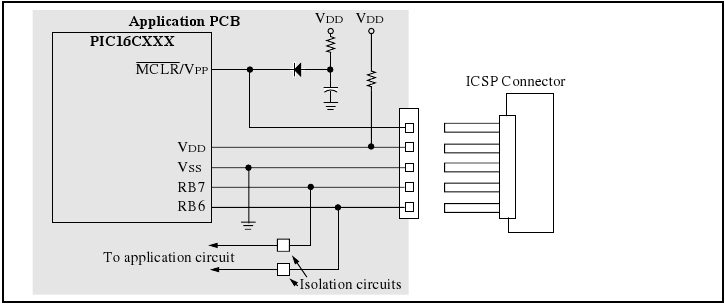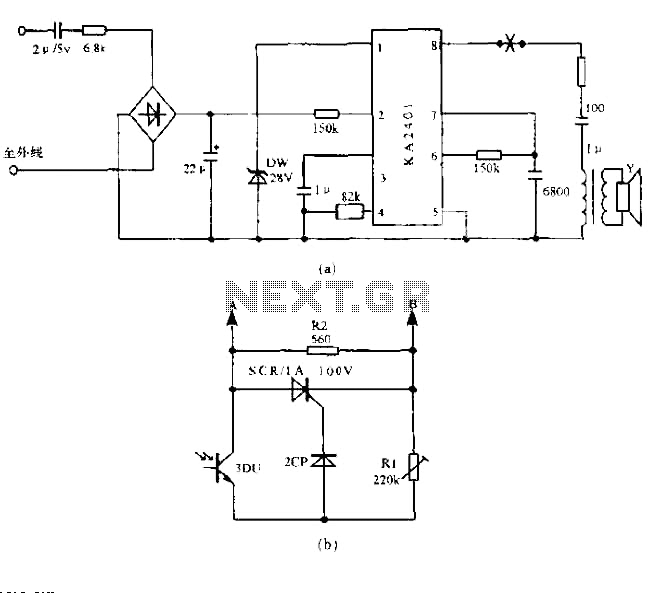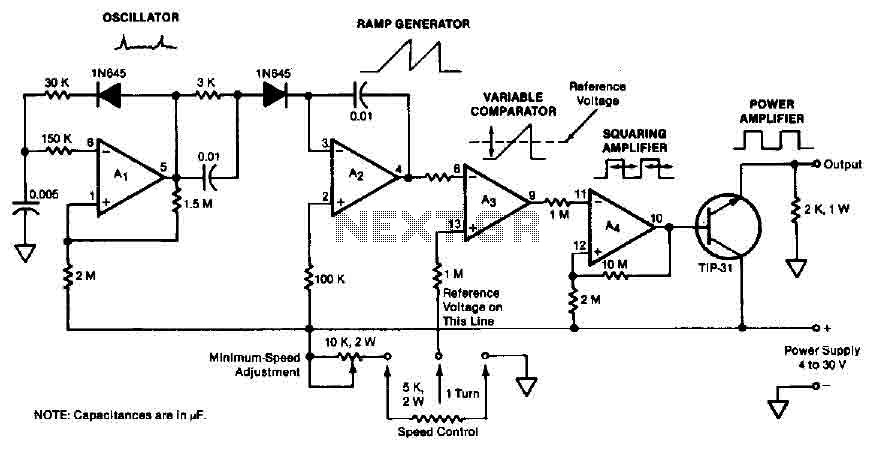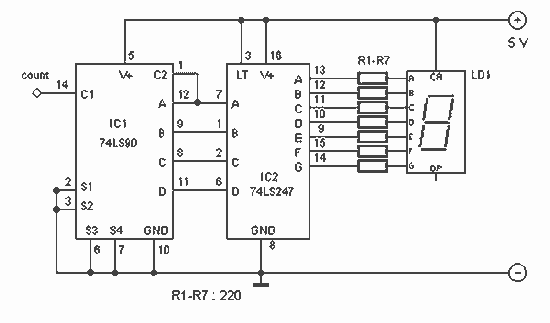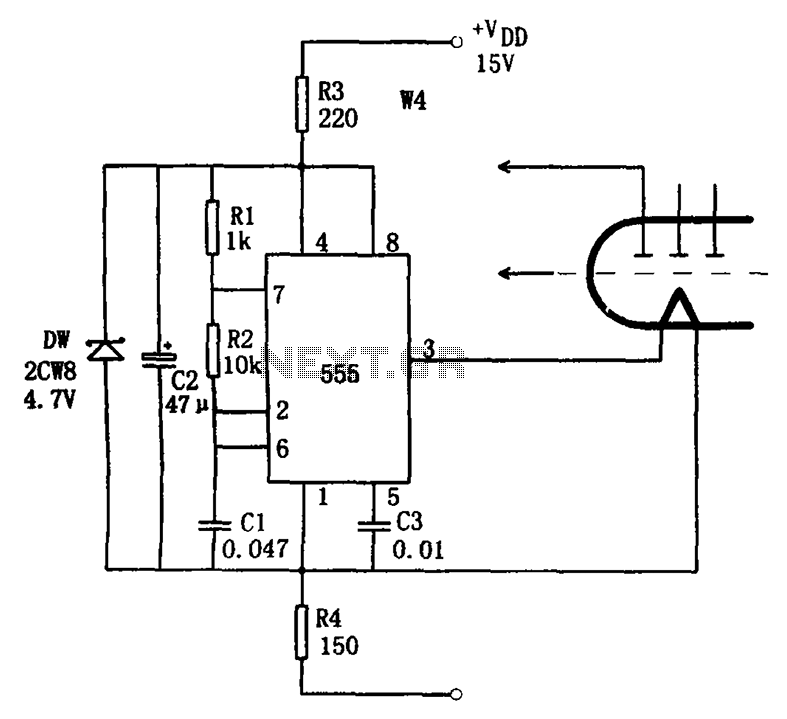
Creating Buffer front end circuit to read AD744
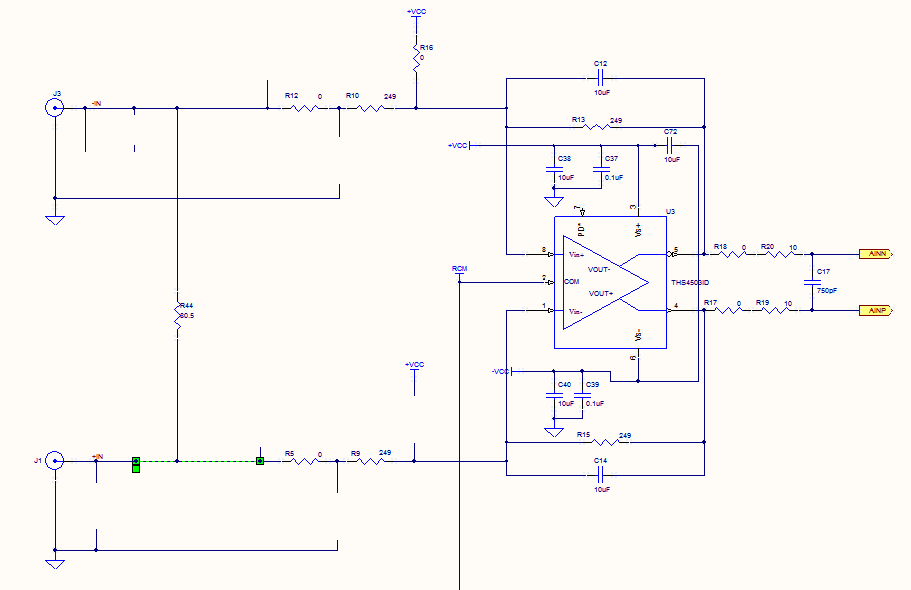
Prior to the test point, there is an AD744 operational amplifier with its output connected to a 10nF capacitor. Following this, a 1kΩ resistor connects to ground. From the junction where the capacitor and resistor meet, a 4.7kΩ resistor leads to the test point.
The circuit described involves an AD744 operational amplifier, which is configured to output a voltage signal. The output of the AD744 is coupled through a 10nF capacitor, which serves to block any DC component of the signal while allowing AC signals to pass. This capacitor also plays a role in filtering, potentially smoothing the output signal before it is processed further.
After the capacitor, a 1kΩ resistor is connected to ground. This resistor forms a voltage divider with the capacitor, influencing the time constant of the circuit and affecting the response time of the signal at the junction between the capacitor and the resistor. The combination of the capacitor and the resistor creates a low-pass filter that determines the frequency response of the output signal.
At the junction where the capacitor and the 1kΩ resistor meet, a 4.7kΩ resistor is connected to the test point. This resistor serves to provide a load to the circuit and can also be part of a further signal conditioning stage. The value of the 4.7kΩ resistor suggests that it is designed to allow for a specific voltage drop at the test point, which can be measured for further analysis or testing purposes.
Overall, this circuit configuration is commonly used in signal processing applications where it is crucial to filter out noise and ensure that only the desired frequency components of the signal are passed to the test point for measurement or further processing. The choice of resistor and capacitor values indicates a careful design consideration for achieving the desired electrical characteristics and performance of the circuit.Before the test point there is an AD744 with its output connected to a 10nF capacitor and after there is 1K resistor that goes to GND, from this node of connection of capacitor/resistor there is a 4. 7k resistor that goes to the TEST POINT. 🔗 External reference
The circuit described involves an AD744 operational amplifier, which is configured to output a voltage signal. The output of the AD744 is coupled through a 10nF capacitor, which serves to block any DC component of the signal while allowing AC signals to pass. This capacitor also plays a role in filtering, potentially smoothing the output signal before it is processed further.
After the capacitor, a 1kΩ resistor is connected to ground. This resistor forms a voltage divider with the capacitor, influencing the time constant of the circuit and affecting the response time of the signal at the junction between the capacitor and the resistor. The combination of the capacitor and the resistor creates a low-pass filter that determines the frequency response of the output signal.
At the junction where the capacitor and the 1kΩ resistor meet, a 4.7kΩ resistor is connected to the test point. This resistor serves to provide a load to the circuit and can also be part of a further signal conditioning stage. The value of the 4.7kΩ resistor suggests that it is designed to allow for a specific voltage drop at the test point, which can be measured for further analysis or testing purposes.
Overall, this circuit configuration is commonly used in signal processing applications where it is crucial to filter out noise and ensure that only the desired frequency components of the signal are passed to the test point for measurement or further processing. The choice of resistor and capacitor values indicates a careful design consideration for achieving the desired electrical characteristics and performance of the circuit.Before the test point there is an AD744 with its output connected to a 10nF capacitor and after there is 1K resistor that goes to GND, from this node of connection of capacitor/resistor there is a 4. 7k resistor that goes to the TEST POINT. 🔗 External reference
Warning: include(partials/cookie-banner.php): Failed to open stream: Permission denied in /var/www/html/nextgr/view-circuit.php on line 713
Warning: include(): Failed opening 'partials/cookie-banner.php' for inclusion (include_path='.:/usr/share/php') in /var/www/html/nextgr/view-circuit.php on line 713
